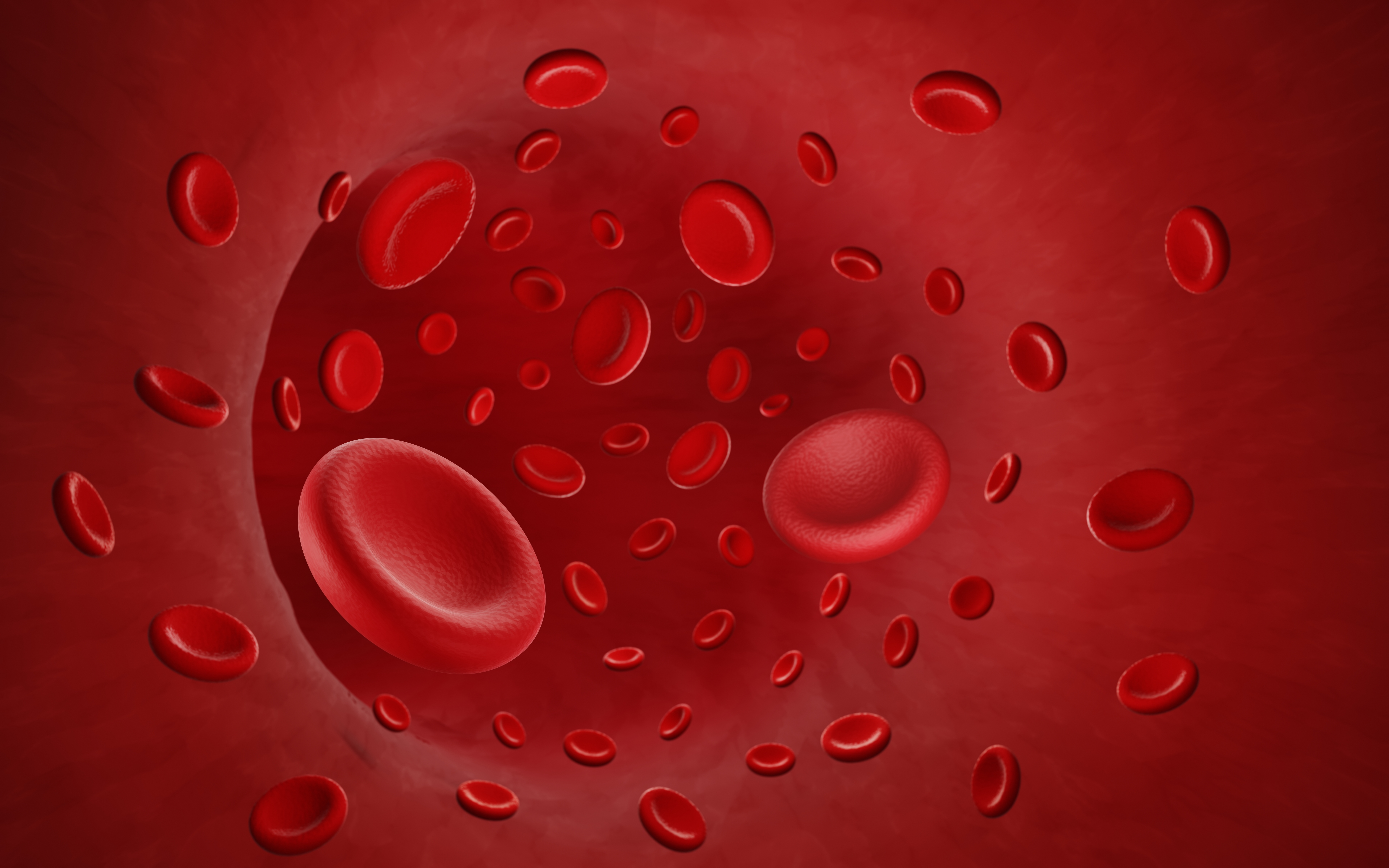 |
| More than half the cases of idiopathic intracranial hypertension in this study were only resolved following treatment of the underlying anemia. Photo: Getty Images. |
Although anemia is a risk factor of idiopathic intracranial hypertension (IIH), previous studies haven’t identified a significant association between the two. A recent investigation aimed to more precisely pinpoint the relationship between IIH and anemia to help guide management.
A total of 62 cases from five observational or case-control studies on patients with diagnoses of anemia of any kind and IIH were included. Patients with IIH had a significantly higher prevalence of anemia compared with controls.
Although this study suggests that anemia may be related to the development of IIH, the authors noted that the evidence is mainly limited to case reports and cross-sectional studies with a high potential for reporting bias.
“The large proportion of nonobese individuals (73%), lower proportion of female patients (68%), very young or older patient age and resolution of disease with the treatment of anemia alone further supports this notion,” the authors explained.
“We also found that patients treated for anemia alone with posttreatment lumbar puncture had a reduced mean opening pressure of 13.5cmH2O. Although iron deficiency is the most common cause of anemia and includes causes of blood loss and poor absorption of iron, other types of anemia have been reported. This suggests that it is the low hemoglobin that plays a role rather than iron deficiency itself. Patients with IIH also have a higher prevalence of anemia compared with those without anemia, and our pooled data indicate that the prevalence of anemia among patients with IIH is 18.2%.”
Although IIH and anemia are both common in young women, anemia was 44% more common in patients with IIH compared with control patients, with symptoms resolving in over 50% of cases with anemia treatment alone without acetazolamide or surgery.
“The most convincing evidence for a direct relationship between IIH and anemia comes from our finding that more than half of all cases were successfully treated only by addressing the underlying anemia,” the authors explained. “Many of these cases were in nonobese individuals, which are uncommonly seen in patients with IIH.”
The study authors suggest a complete blood count be obtained in all cases of papilledema, particularly in atypical presentations (male, nonobese, nonperipapillary retinal hemorrhages) in the absence of an identifiable cause or risk factors for IIH.
“Owing to high risk for selection and reporting biases in existing reports, future comparative studies with proper imaging evaluation should be conducted to elucidate the pathophysiology and relationship between anemia and IIH,” the authors concluded.
Yu CW, Waisberg E, BcH MB, et al. Anemia and idiopathic intracranial hypertension: a systematic review and meta-analysis. J Neuroophthalmol. November 18, 2021. [Epub ahead of print]. |

